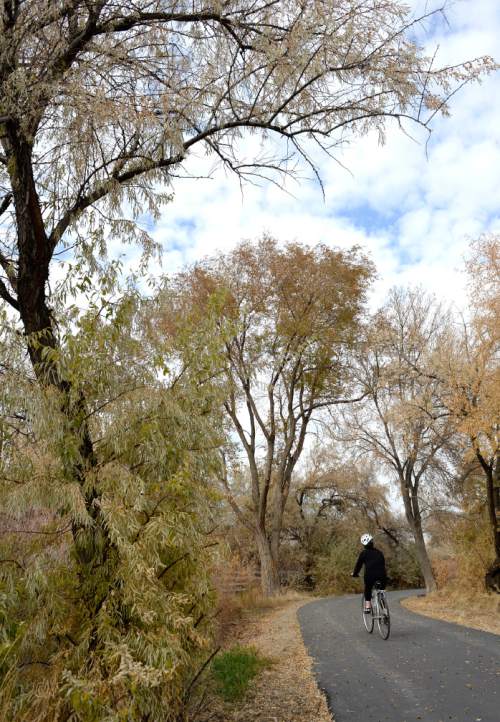This is an archived article that was published on sltrib.com in 2015, and information in the article may be outdated. It is provided only for personal research purposes and may not be reprinted.
How might an America with income equality look? Probably a little like Riverton, West Jordan or South Jordan.
They were among the Top 10 cities nationally for income equality, according to a study released Monday by the NerdWallet financial website, based on 2013 U.S. Census survey data.
In fact, seven cities in Utah finished among the Top 50 nationally.
They were: No. 6 Riverton; No. 9 West Jordan, No. 10 South Jordan; No. 13 Roy; No. 22 Syracuse; No. 24 Spanish Fork and No. 34 Lehi.
No Utah cities finished in the bottom 50.
That's not a surprise. Utah and its cities have topped that category previously, such as when the Census released a study on income equality in 2011.
At that time, Lecia Langston, an economist with the Utah Department of Workforce Services, explained that, in Utah, "people with common incomes tend to live by each other."
Pam Perlich, senior research economist at the University of Utah said, "We [in Utah] are not equal by a long shot, but it is not as bad as in other states. There's not a lot of people here with truly high income, not a lot of poor — but a lot in the middle."
The new NerdWallet study looked at how household income is spread in more than 1,500 U.S. cities. It used the "Gini index." A zero on that scale would indicate that every home had the same income. A score of 100 would mean that just one home had all the income.
Riverton had a Gini score of 32.54 — not much higher than the lowest-in-the-nation score of 30.36 in Romeoville, Ill. The worst-in-the-nation score was 63.48 in both Beverly Hills, Calif., and Cookeville, Tenn.
Gini scores in the other top cities in Utah were: West Jordan, 32.8; South Jordan, 32.96; Roy, 33.18; Syracuse, 33.85; Spanish Fork, 34.16; and Lehi, 35.31.
"In 2007, the average household in the top 5 percent [nationally] had an income 26 times higher than the average household in the bottom 20 percent," the new study said, "and by 2013, that difference had increased to almost 30 times."
The study said the mean income among the bottom 20 percent of households in Riverton was $31,771, or six times lower than for the top 20 percent there at $190,321.
In West Jordan, the mean household income among the bottom 20 percent of households was $21,750, or seven times lower that the $141,025 mean for the top 20 percent there.
In comparison to those two Top 10 cities, the lowest 20 percent of households in Beverly Hills had incomes that average 47 times lower than its top 20 percent.



